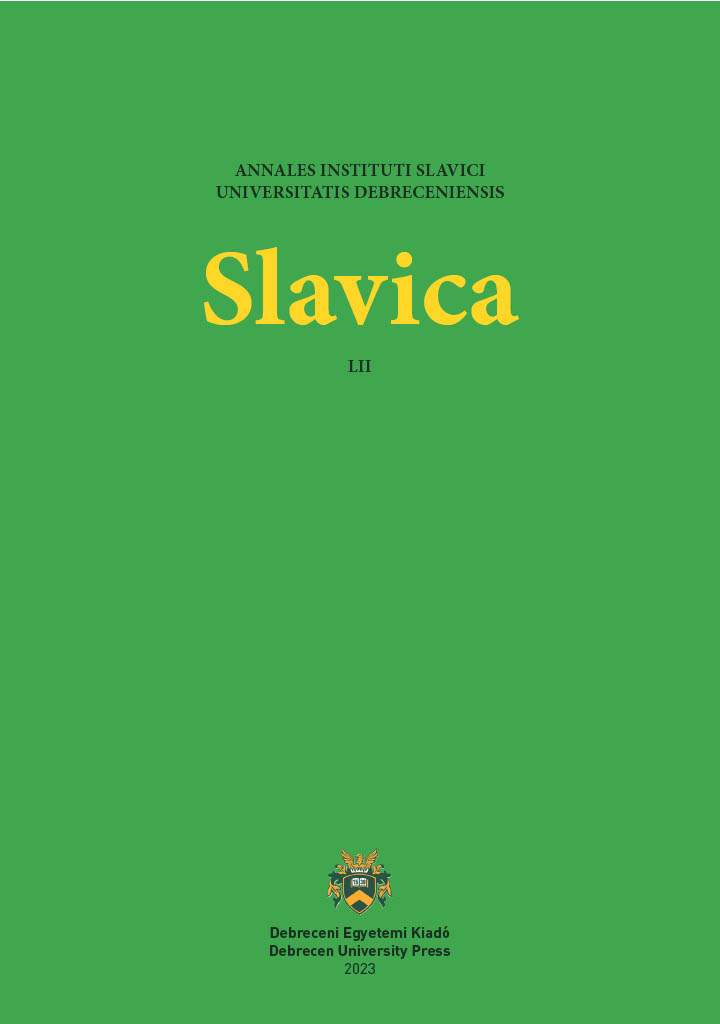Historical Data and the Modern Linguistic Landscape of the City of Berehove (Transcarpathian region, Ukraine)
Author
View
Keywords
License

This work is licensed under a Creative Commons Attribution-NonCommercial 4.0 International License.
This is an open access article distributed under the terms of the Creative Commons Attribution License (CC BY-NC 4.0), which permits unrestricted use, distribution, and reproduction in any medium, provided the original author and source are credited.
How To Cite
Abstract
The first mention of Berehove dates back to 1063 when the Hungarian prince Lampert (the youngest son of the Hungarian king Béla I) built his palace here. Until the beginning of the 16th century, the village (since 1247 the town) bore the name of its founder (first “Lampertháza” and then “Lampertszász”). In 1504 (according to other sources, in 1499), the name “Beregszász” appeared for the first time. The modern Ukrainian name for the city is “Berehove” (in Russian “Beregovo”), but the old Hungarian version “Beregszász”is also sometimes used. Now it is a city of regional importance with a population of about 26 thousand people (according to the latest official data from 2001), located in the Transcarpathian region of Ukraine, a few kilometers from the Hungarian border.

 https://doi.org/10.31034/052.2023.02
https://doi.org/10.31034/052.2023.02